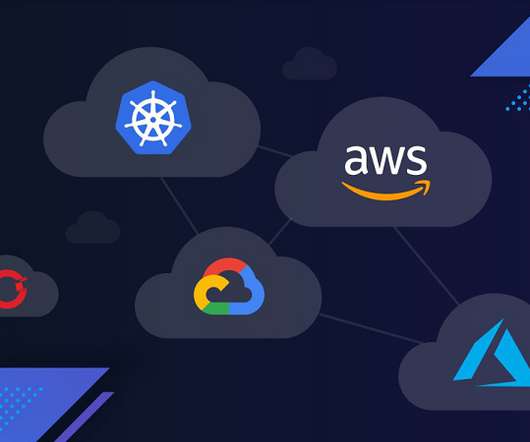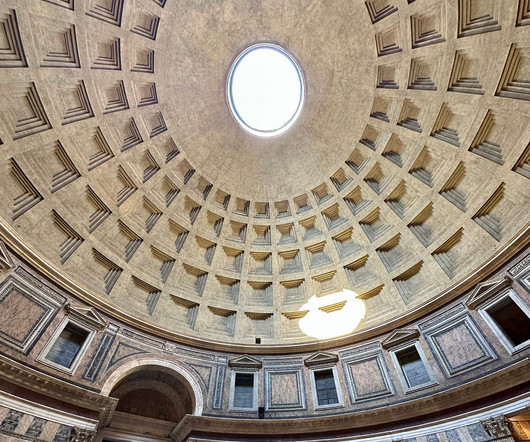Build and operate multicloud FaaS with enhanced, intelligent end-to-end observability
Dynatrace
APRIL 25, 2023
These functions are executed by a serverless platform or provider (such as AWS Lambda, Azure Functions or Google Cloud Functions) that manages the underlying infrastructure, scaling and billing. Understanding cold-start behavior is essential to tune your cloud applications cost or performance to meet your operational needs.

















Let's personalize your content